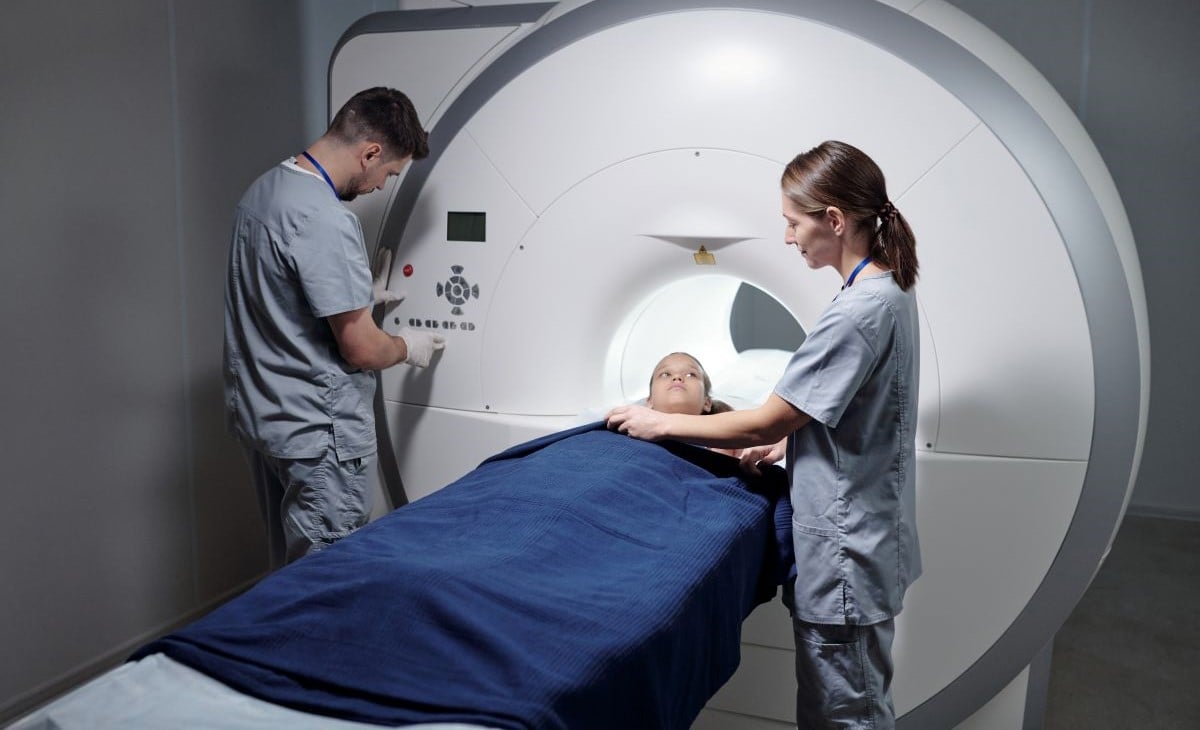Prediction rule can help physicians determine which children should undergo imaging on presentation to the ED after blunt trauma
By Elana Gotkine HealthDay Reporter
TUESDAY, June 18, 2024 (HealthDay News) — A cervical spine injury prediction rule can assist physicians in determining which children should undergo imaging on arrival to the emergency department after blunt trauma, according to a study published online June 3 in The Lancet Child & Adolescent Health.
Julie C. Leonard, M.D., from The Ohio State University College of Medicine in Columbus, and colleagues conducted a prospective observational cohort study involving children aged 0 to 17 years presenting with known or suspected blunt trauma at 18 specialized children’s emergency departments. A total of 22,430 children presenting with known or suspected blunt trauma were enrolled: 11,857 and 10,573 in the derivation and validation cohorts, respectively. Overall, 433 patients (1.9 percent) had confirmed cervical spine injuries.
The researchers found that altered mental status; abnormal airway, breathing, or circulation findings; and focal neurological deficits, including paresthesia, numbness, or weakness were associated with a high risk for cervical spine injury. Overall, 118 (12.7 percent) of the 928 patients in the derivation cohort presenting with at least one of these risk factors had cervical spine injury (risk ratio, 8.9). Neck pain; altered mental status; substantial head injury; substantial torso injury; and midline neck tenderness were associated with a nonnegligible risk for cervical spine injury in a classification and regression tree (CART) analysis. The combination of high-risk and CART-derived risk factors applied to the validation cohort performed with 94.3, 60.4, and 99.9 percent sensitivity, specificity, and negative predictive value, respectively.
“When incorporated into a risk-stratified imaging algorithm, the rule can potentially spare children exposure to medical radiation by reducing computed tomography use,” the authors write.
Copyright © 2024 HealthDay. All rights reserved.








